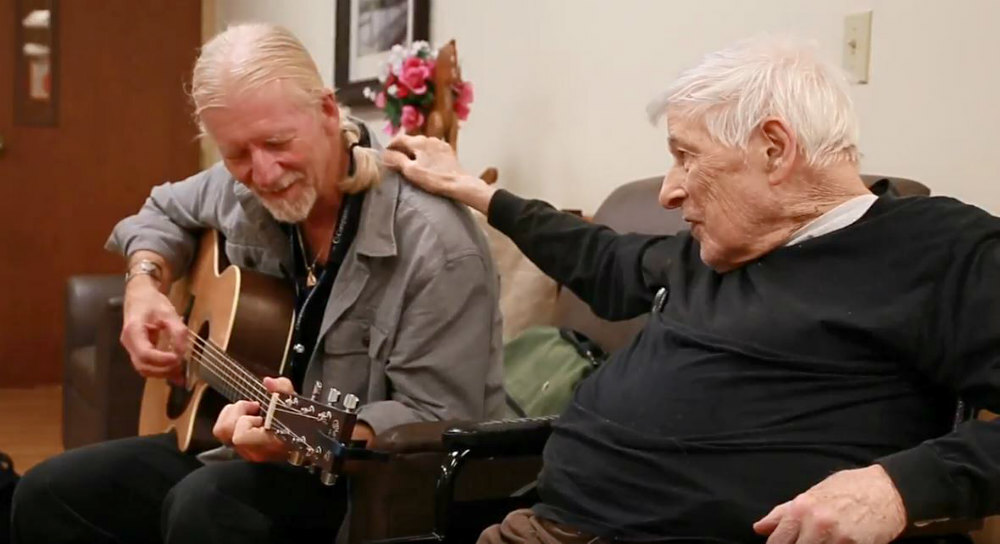
Rebecca Ross, a hospice volunteer in Willingboro, N.J., encourages caregivers to give hospice patients what they need, rather than what we think they need.
When Virginia Woolf said that “the beauty of the world, which is so soon to perish, has two edges, one of laughter, one of anguish, cutting the heart asunder,” it never is truer than when dealing with those close to the end of their lives.
Experiencing a person’s final months, weeks or days with them is simultaneously a beautiful and heartbreaking experience.
My story happened between my latest hospice patient and me. She was suffering from end-stage breast cancer and, as much as I loved her, she was very difficult. She was paranoid, angry and depressed.
She had no family — no one to visit with her other than myself. At times it was very hard to get her interested in anything, or to even talk about anything. I found myself trying to fill the silence with things I thought she might want to hear — comforting words, positive encouragement.
And then one evening while I was visiting with her, she mentioned that she loved Celtic music because she had grown up in Ireland. I told her that I also loved Celtic music, and that my favorite song was “The Star of the County Down.” Her eyes lit up and she starting singing that song, word for word.
Choked with emotion, I sang along with her. Together we sang that song, and by the end of it we were both crying. It was one of the most beautiful moments I have ever experienced.
The point is, she didn’t need me to hang around her talking about religion, death or her excruciatingly painful disease. What she needed was a hand to hold; someone to just be there for her; a person to share in life’s little joyous moments, however slight they may be.
Dealing with grief, and helping family members deal with grief, demands that we put aside our sometimes overwhelming need to give the patient or family what we think they need, and instead simply be there for them, in whatever way they need us to be. This is, in my experience, a great way to handle grief.
Life, despite its endless trials and tears, is a truly beautiful thing, as fleeting as it may be. And sometimes sharing those small pockets of joy is the best thing we can do for our patients and loved ones.
Train to be a hospice volunteer
Volunteers touch the lives of patients and their families with every visit. The simple act of sitting with a patient or making a trip to the grocery store can brighten the day of those we serve.
Whether you volunteer behind the scenes helping with office work or one-on-one with families, you are a valued member of our team. All volunteers receive free training at a local office. Visit our volunteering page.




